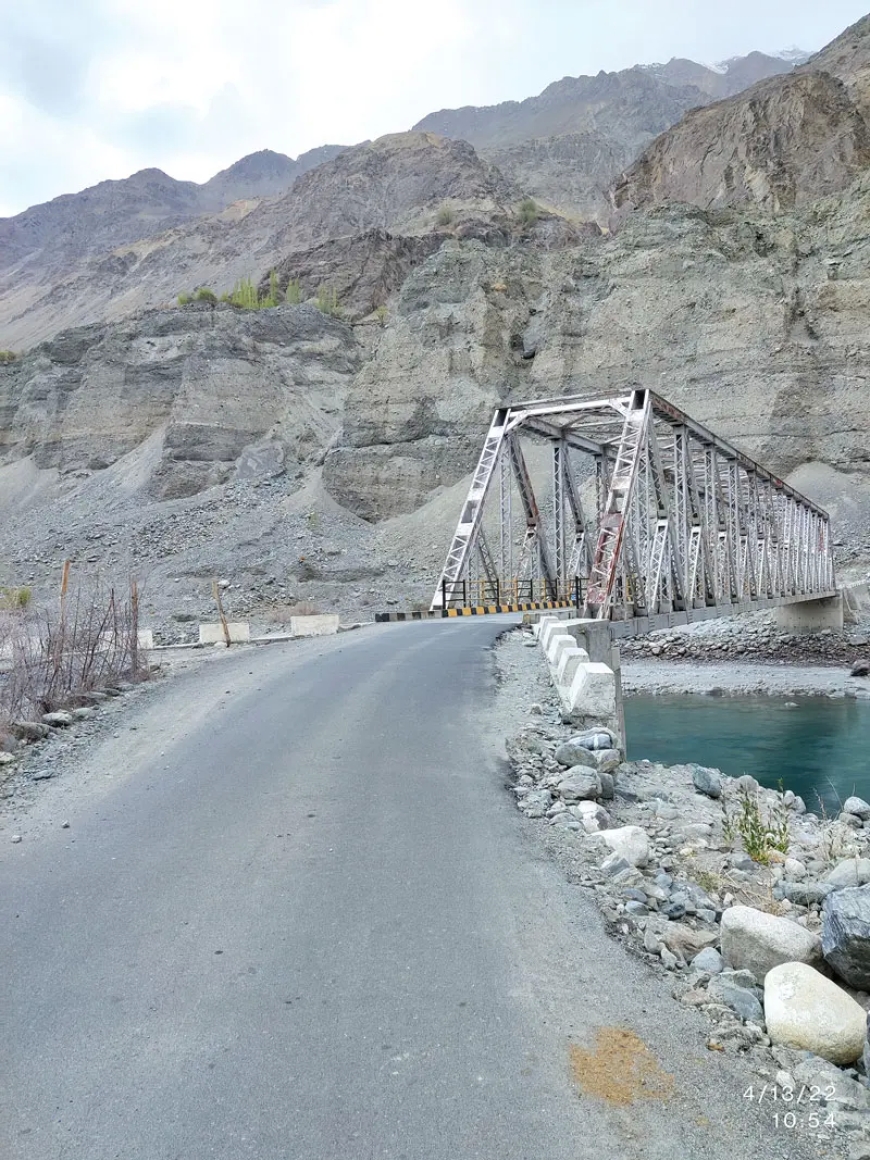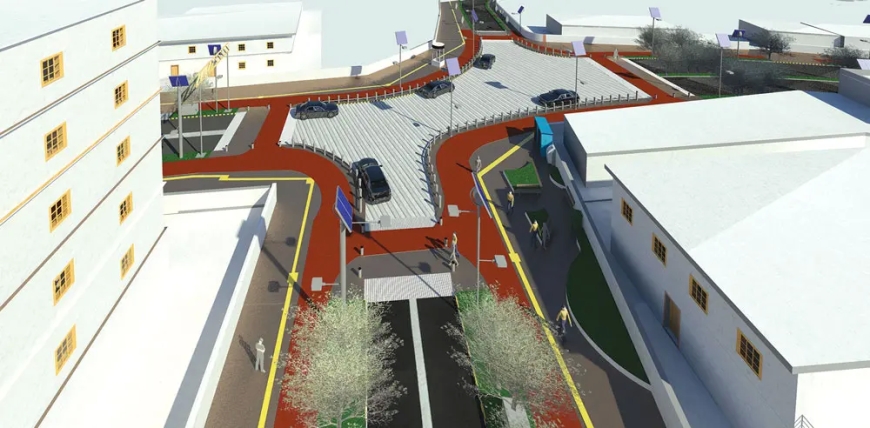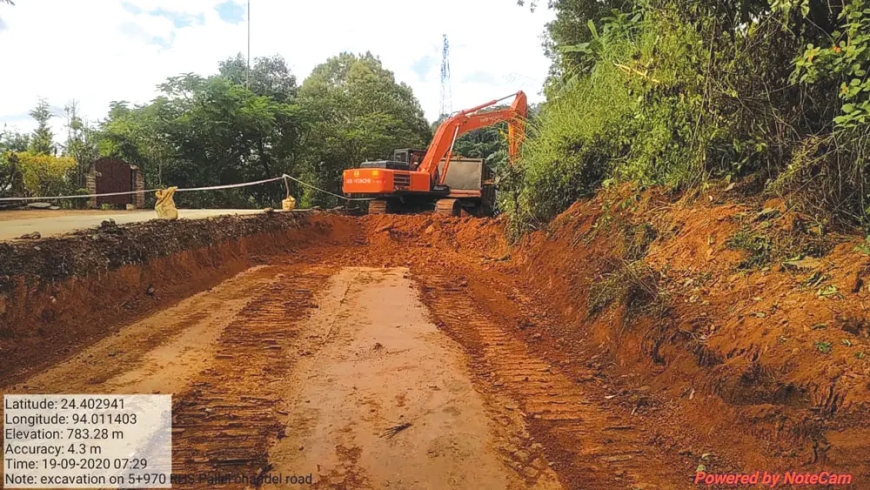DPR for a road project must ensure a balance between design efficiency and long-term quality.
Road & highway construction in India is progressing well. The national highway network increased by 60% moving from 91,287 km in 2014 to 1,46,145 km in 2024.

How is the roads & highways development progressing in the country? What is the total length of roads and highways developed during 2024-25?
Road & highway construction in India is progressing well. The national highway network increased by 60% moving from 91,287 km in 2014 to 1,46,145 km in 2024. Total length of highways in country is 1,61,350 km. The development of highways and expressways in the country is consistent, which is a nurturing sign considering how the government prioritizes infrastructure development. Length of 4-lanes and above NH is increased by 2.5 times, 18,278 Km in 2014 to 45,947 km in 2024. Government is targeting to create 10,000 km of National Highways in 2025-26. Significant steps have been made in improving connectivity for economic development and for logistics efficiency across the regions. The focus is continuing on providing quality construction, sustainability and integrating modern technologies for a rapidly developing economy.
 The Budget 2025-26 allocation for roads and highways has no significant increase compared to last year. Will this anyway impact the roads and highways development in the country in the coming years?
The Budget 2025-26 allocation for roads and highways has no significant increase compared to last year. Will this anyway impact the roads and highways development in the country in the coming years?
Budget 2025-26 has allocated Rs 2.87 lakh crore to the Ministry of Road Transport and Highways (MoRTH), a slight 2.41% increase from last year's Rs 2.80 lakh crore. Even with the small hike, the amount going to the National Highways Authority of India (NHAI) has been increased to Rs 1.87 lakh crore from Rs 1.69 lakh crore. The government is promoting private sector investment through schemes such as Build-Operate-Transfer (BOT) to finance highway construction. Capital expenditure including private investment is increased by 5.7 times from Rs 53,000 crore in 2013-14 to Rs 3.01 lakh crore in 2023-24. While the modest budget increase may present challenges, these strategies aim to sustain and advance India's road & highway infrastructure development in the coming years.
What are the major factors to be considered in the DPR of a road project from a design and quality perspective?
DPR for a road project must ensure a balance between design efficiency and long-term quality. Key factors include terrain assessment, traffic projections and alignment optimization to ensure smooth connectivity and minimal environmental impact. Pavement design must consider soil conditions, traffic load and climate to ensure durability. Planning for drainage is essential to avoid waterlogging and pavement failure. Safety features like crash barriers, signage and lighting should align with national standards. Material selection and quality control protocols must be defined to maintain construction integrity. Sustainability factors such as the use of recycled materials and green construction techniques are gaining significance. Finally, a strong monitoring and maintenance plan should be incorporated to provide long-term serviceability.

What are the key parameters that will enhance and support safety in road & highway construction?
Road & highway construction safety relies on design, execution and enforcement. Smooth curves, sufficient sight distances and strategically positioned intersections in proper alignment planning minimize the possibility of accidents. Roadside safety features, such as crash barriers, guardrails and pedestrian walkways, are essential. High-quality materials and strict construction standards ensure pavement durability and minimize hazards like potholes and rutting. Efficient drainage systems prevent waterlogging, reducing skidding risks. Periodic inspections and safety checks ensure that the risks are foreseen and fixed before they manifest. Lastly, technology incorporation through intelligent traffic management systems and live monitoring improves the overall safety on roads.
 What is your outlook on the Indian roads & highways sector?
What is your outlook on the Indian roads & highways sector?
India’s roads & highways segment continues to remain a growth pillar for the country's economy as the government maintains its emphasis on infrastructure development. Though budgetary outlays have witnessed incremental growth, financing through private investments, asset monetization and PPP models will increasingly come into play. Mega projects such as Bharatmala and Expressway corridors are improving connectivity and cutting travel time. Technological innovations, such as digital monitoring of projects and smart traffic management, are enhancing efficiency and safety. Yet, issues such as land acquisition, financing limitations and environmental clearances require proactive measures. With an appropriate blend of policy intervention, innovation and implementation, the industry is poised for stable and sustainable growth over the next few years.







